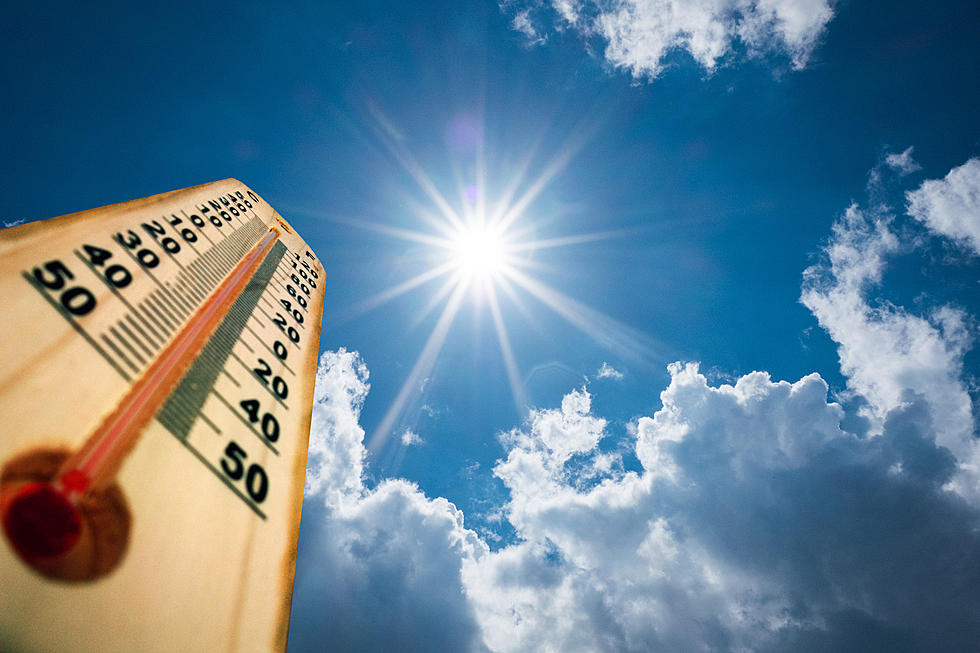
New Bedford Police Provide Tips for Surviving This Heat Wave
It’s one of those weeks on the SouthCoast where you walk out of your house and get punched in the face by extreme heat, and it almost takes your breath away. On days like these, it is important to understand the warning signs of heat exhaustion and heat stroke.
The New Bedford Police Department shared helpful tips Tuesday morning to help distinguish between the two and how to stay safe in this unbearable heat.
A “heat wave” in Massachusetts is defined as a period of three or more consecutive days above 90 degrees.
This helpful graphic shared by the NBPD illustrates the differences between heat exhaustion and heat stroke. Both are cause for concern, but heat stroke could be life-threatening.
If you are feeling faint or dizzy, this could be a sign of heat exhaustion. If your pulse seems weak or your muscles begin cramping, seek out a cool, air-conditioned area and drink water immediately.

If you have a throbbing headache or a rapid, strong pulse, you may be suffering from heat stroke. The biggest sign of heat stroke is lack of sweat. If you find yourself not sweating in extremely hot weather, call 911.
During a heat advisory, residents can call 211 to find locations of cooling centers or shelters to beat the heat.
The Government Center in Fall River acted as a safe haven today and will continue to do so until the weather breaks.
Drink water, wear light-colored clothing, and seek out shade. Eating ice cream or popsicles wouldn’t hurt, either. And don’t forget, your pets are just as hot as you are.
LOOK: The most expensive weather and climate disasters in recent decades
More From WBSM-AM/AM 1420









